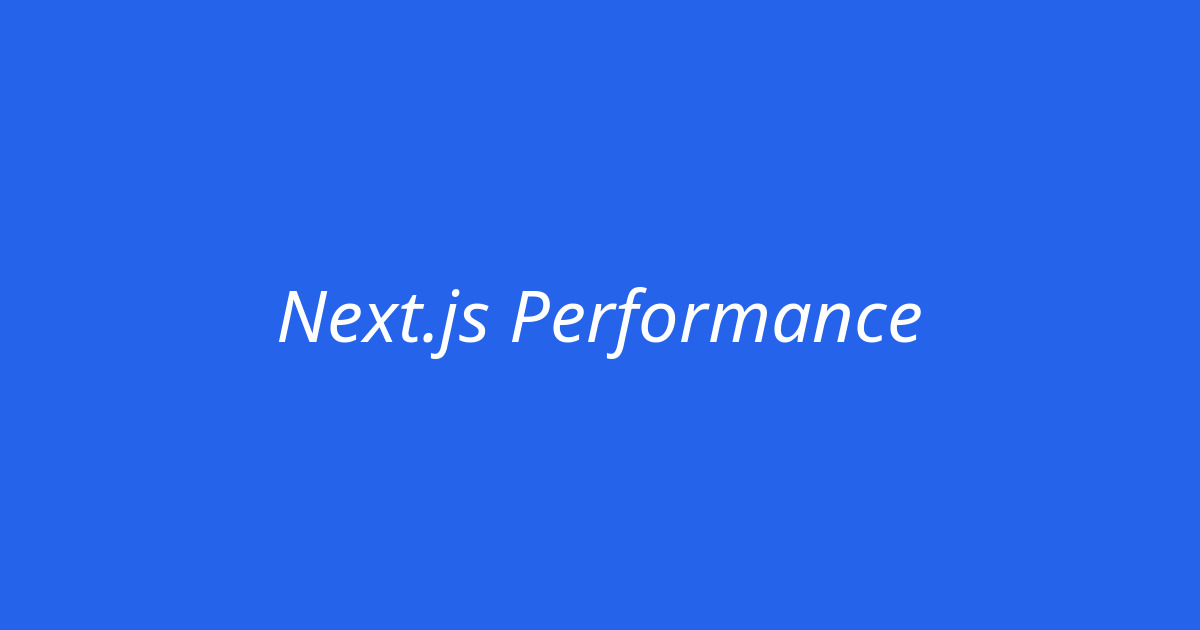
Next.js Performance Optimization: Best Practices for 2024
Learn advanced techniques to optimize your Next.js applications for better performance, faster loading times, and improved user experience.
Next.js Performance Optimization: Best Practices for 2024
Performance is crucial for modern web applications. In this comprehensive guide, we'll explore advanced techniques to optimize your Next.js applications for better performance, faster loading times, and improved user experience.
Image Optimization
Next.js provides built-in image optimization through the next/image component:
import Image from 'next/image'
export default function OptimizedImage() {
return (
<Image
src="/hero-image.jpg"
alt="Hero Image"
width={800}
height={600}
priority
placeholder="blur"
blurDataURL="data:image/jpeg;base64,..."
/>
)
}
Code Splitting and Dynamic Imports
Implement dynamic imports to reduce bundle size:
import dynamic from 'next/dynamic'
const DynamicComponent = dynamic(() => import('../components/HeavyComponent'), {
loading: () => <p>Loading...</p>,
ssr: false
})
Server-Side Rendering Optimization
Optimize your SSR performance with proper data fetching:
export async function getServerSideProps(context) {
const data = await fetchData()
return {
props: {
data,
},
}
}
Caching Strategies
Implement effective caching strategies:
- Static Generation: Use
getStaticPropsfor static content - Incremental Static Regeneration: Update static content without rebuilding
- API Route Caching: Cache API responses appropriately
Bundle Analysis
Analyze your bundle size regularly:
npm install --save-dev @next/bundle-analyzer
Conclusion
By implementing these optimization techniques, you can significantly improve your Next.js application's performance and provide a better user experience.
Related Posts

